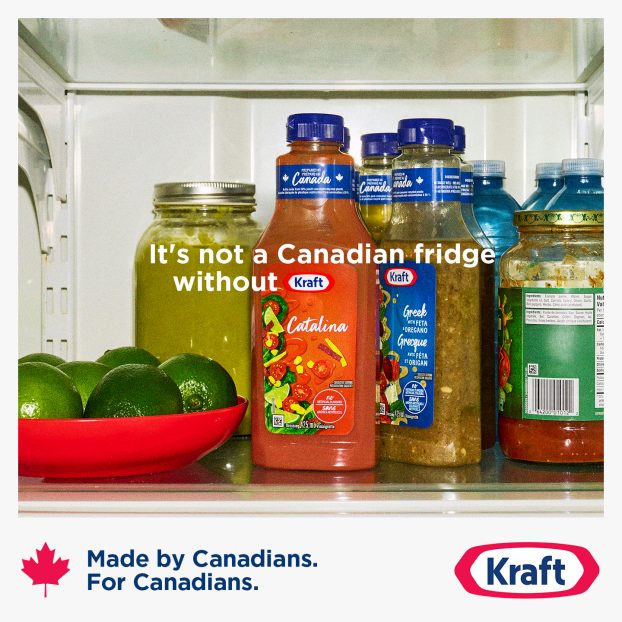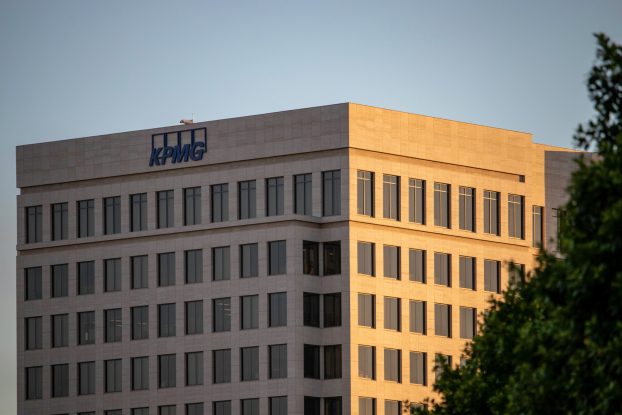Cinnamon is the spice of life for Calgary entrepreneur Brian Latham, who has encountered a variety of cultures in the East while building a multimillion dollar empire on a cinnamon bun.
The goal
Originally a franchisee with the American Cinnabon chain of stores, Latham and a group of Calgary business people decided to strike out on their own in 1997 and develop a Canadian cinnamon bun franchise. By 1999, Cinnaroll Bakeries – including manufacturing division Baker Boys and 18 Cinnzeo retail stores in Western Canada – was ready to grow. However he didn’t expand to Southern Ontario, or even the U.S.
at first.
‘Interestingly, we went to the furthest location away,’ says Latham.
Perched on the Pacific Rim, with its mix of Asian cultures and cuisines, the Philippines seems an unlikely country to start franchising a Western fast food sweet.
But with a population of 10 million, capital city Manila represents almost a third of the population of Canada, so Latham’s first international arrow aimed for this important, dense market.
The strategy
Besides sheer numbers, Filipinos love sweets and eat six to seven times a day, often from the street, says Latham. So the first Cinnzeo store was a combination streetfront and mall store.
Filipinos don’t consider cinnamon buns a breakfast item, as North Americans do, a cultural nuance which prompted a change in strategy. Instead, the owners promoted the sweet roll as a late-night treat, extended closing time from 9 p.m. to 2 a.m., and added cappuccino to the menu.
‘It’s more of a late-night entertainment scenario over there,’ says Latham.
The execution
Communication was done on the cheap, but very successfully. There was absolutely no paid advertising; it was all PR, remembers Latham. Because the cinnamon roll was such a new concept to the exotic clime, the Filipino partners capitalized on its news value in newspaper articles and talked to magazine food editors. The marketing was designed by the local franchisee, with input from the Canadian head office.
Their major promotional event, a photo art exhibit, generated even more coverage. For the event, several photographers captured famous, sexy models creatively interacting with the novel baked good. One photo, for instance, featured a beauty wearing a necklace made of cinnamon buns.
This campaign was a far cry from the advertising splash used by a Saudi Arabian franchisee to promote the newest Cinnzeo location in Beirut, Lebanon. There, a $50,000 campaign featured both radio ads and 500 huge billboards, saturating the market of 1.8 million people. Upon seeing the never-ending lineups, an Arab business colleague remarked to Latham: ‘You own the market.’
The results
‘[Beirut] was the largest opening in our history when translated into Canadian dollars,’ says a satisfied Latham, who has just returned to Calgary from the Middle East.
That makes a total of 171 franchise deals worldwide in just three years, including 81 in the United States and 50 in Southeast Asia. By contrast, he notes his nearest rival, Cinnabon, took 17 years to build 500 stores.
‘We’ve gone from a nobody to second largest cinnamon roll retailer in the world.’
Now international franchisees search him out. Latham says there’s tremendous interest in North American concepts, particularly Canadian ones. ‘Canadian concepts are generally more affordable,’ says Latham, ‘and they are perceived to be operated by fairly sensible people.’
Cinnaroll is on a roll, comfortably on its way to earning its target of $90 million system-wide by 2005.























